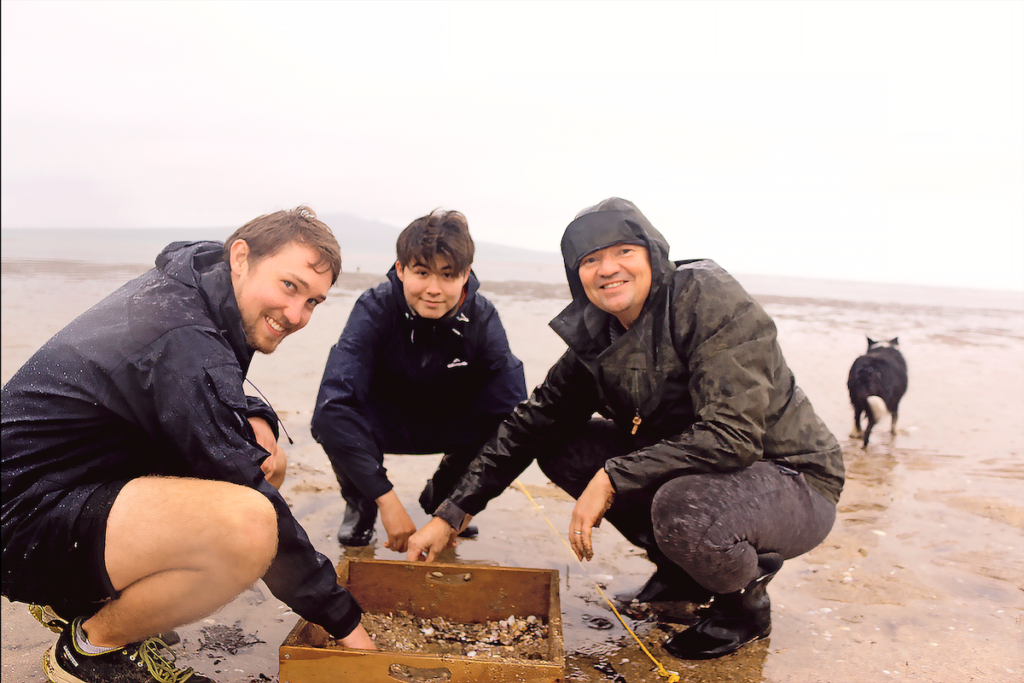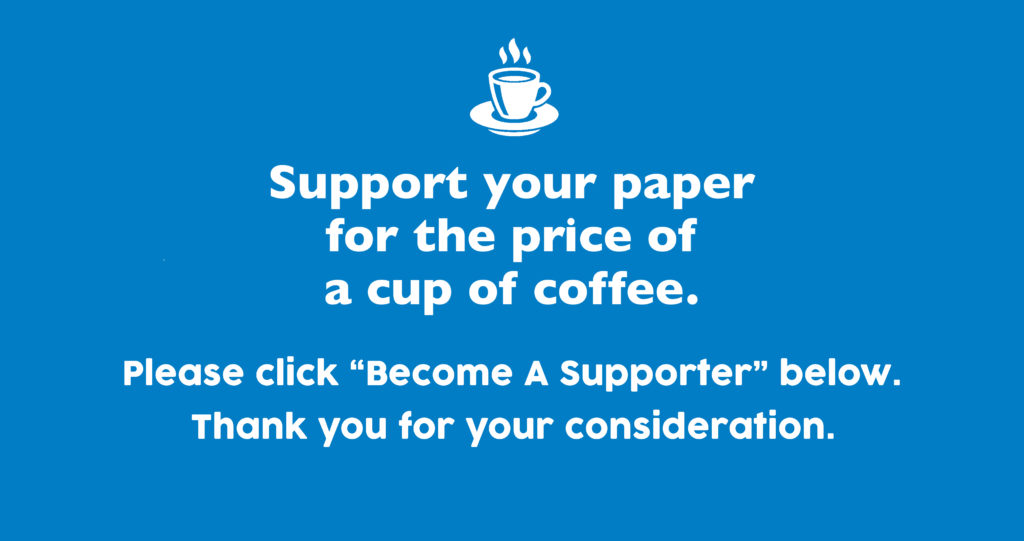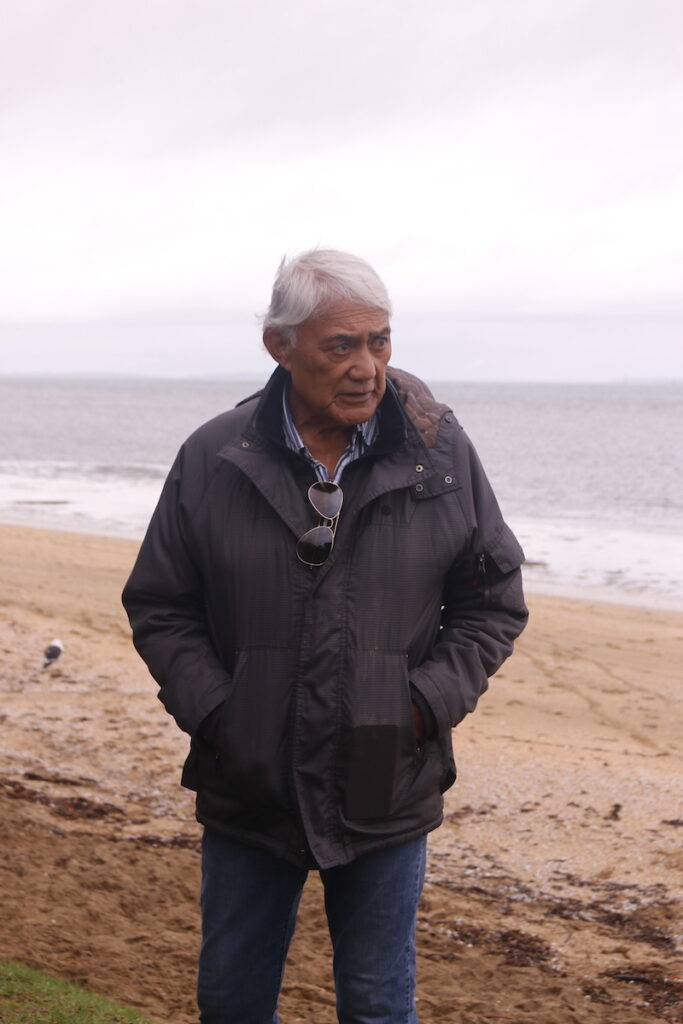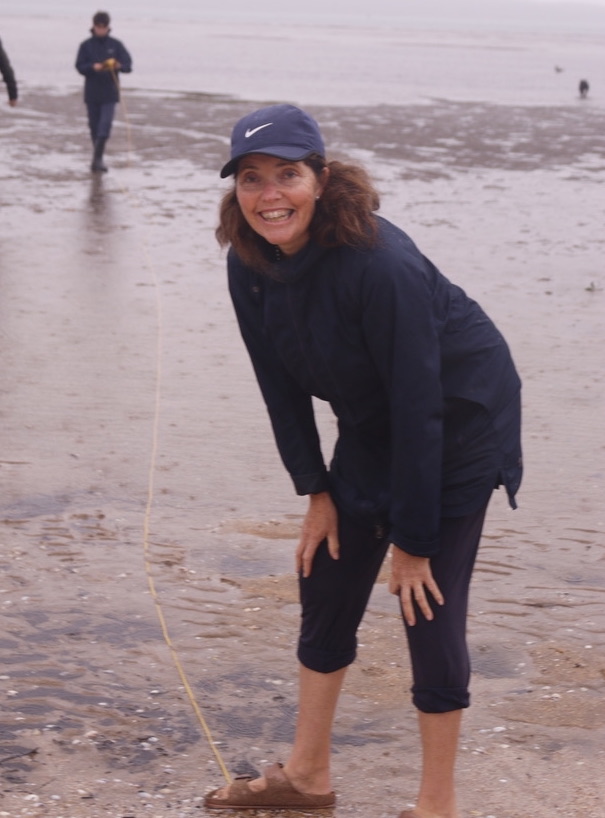What's New
2 June, 2022
Young shellfish found in Cheltenham survey

Encouraging signs of shellfish life were found in the first Cheltenham Beach count of tuangi (cockles) and pipis since 2019.
Around 20 Navy recruits and community volunteers last month resumed a check on shellfish numbers that first ran in 1992, amid concern about plummeting numbers.
While this year’s numbers and sizes are yet to be collated and compared with previous surveys, the presence of juvenile shellfish was a good sign, said event organiser Georgina Greville. “It’s not abundant, but it’s encouraging looking,” she said.
Greville has been involved in the community-driven count from the outset, along with other attendees including Ngati Whatua kaumatua John Retimana, and Scott Macindoe.
Scientist Coral Grant joined a few years later, while doing her masters degree, and has now clocked up 31 years helping on the project. She was back again this year on a community-service day off from her work as a water-quality scientist for Auckland Council.
Retimana welcomed the helpers before Greville explained the process of digging down a few centimetres for shellfish samples. These were taken at the low-tide mark and further up the beach at 100-metre intervals along the shore.
After the first count in 1992, concern about the low numbers led to a 1993 rahui being placed on taking shellfish. It remains in force, along with a ban under the Fisheries Act.
Retimana said at that time fisheries officers were doing little to combat the taking of shellfish in large quantities. Macindoe said a community effort of iwi representatives and concerned locals, who combine to help the shellfish recover, continues today.
Intermittent cases of people harvesting shellfish are still an issue, but much rarer these days, with transgressors liable to fines. Those involved in the project would like more clearly visible signs warning of this.
Retimana said he recalled going to the beach in the 1970s and enjoying shellfish on white bread. He and Macindoe hoped that could occur again one day, perhaps with the lifting of the rahui for just one community-focused day. “I dream of a celebration day, where nothing leaves the beach,” said Macindoe.
Greville said shellfish counts had fluctuated over the decades, which Grant put down to climatic and nutrient factors. For now the rahui remains firmly in place. “Its not a recovered system by any means,” cautioned Greville.

Please consider supporting The Devonport Flagstaff by clicking here:


